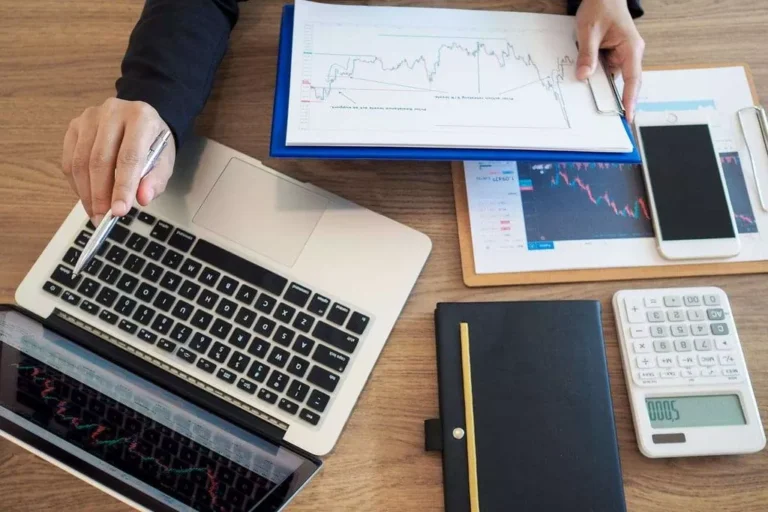Blockchain offers a clear and immutable report of all transactions inside the supply chain, guaranteeing that every one events have access to the identical data. Trade finance entails advanced processes and multiple intermediaries, often resulting in delays and elevated costs. You can construct a blockchain app to simplify commerce finance by digitizing the entire course of, from issuing letters of credit to verifying shipping documents. By eliminating the need for intermediaries, blockchain reduces transaction times from days to minutes and significantly https://www.xcritical.in/ lowers charges. Banks can also provide enhanced transparency, allowing clients to track their funds in real-time. Blockchain is a decentralized and distributed ledger know-how that underlies cryptocurrencies like Bitcoin.
Industries Thriving On Cross-border Payments
These aren’t change traded products and all disputes with respect to the distribution activity, would not have entry to change investor redressal discussion board or Arbitration mechanism. Compare IPO, FPO, and OFS to see how companies issue new shares by way of these distinctive choices and what units them apart & key differences between these offerings. Charges might be a lot stiffer and particularly cross-border and international transactions . Mostly low and significantly Blockchain Payments decrease than cross border transaction expenses . Offers complete transparency; each transaction traceable to public ledger .
Indian Abroad Bank Secures ₹1,359 Crore Income Tax Refund For Ay 2015-16

Instead, the participants themselves have computer systems that function ‘nodes’ within the network, which add time-stamped blocks of transactions to type an immutable chain (thus, blockchain). Cross-border cost is one part of the banking sector that has yet to profit from current progress in digitalisation. While this may look like a problem for establishments, a huge section of the population can benefit from the technological advancements Financial cryptography on this sector.
How Is Blockchain Being Utilized In Finance?

Investments in securities markets are subject to market dangers, read all of the related documents carefully earlier than investing. Key options of blockchain embrace decentralisation, transparency, safety, and immutability. Blockchain can be tamper-resistant as a end result of its consensus mechanisms, and it allows efficient and trustless transactions between parties. The blocks contain timestamps and have lists of transactions and the hash of the previous block. The nodes-validation individuals of the network-check each transaction made. The verify is finished with the help of consensus algorithms, which may be Proof of Work, or Proof of Stake.
Utilising Blockchain For Cross-border Payments: Implications For India
- The bank has carried out profitable pilot programs using blockchain to settle payments between its branches in numerous nations, demonstrating the potential for blockchain to revolutionize international financial transactions.
- In the previous couple of years, B2B industries have been accelerating in the direction of digitization.
- The advent of blockchain has revolutionized how folks conduct companies and make funds.
- According to statistics, 95% of all purchases might be made on-line by 2040, and the whole amount of all worldwide payments is predicted to exceed $250 trillion by 2027.
Data in a blockchain can be immutable, meaning once added, it can’t be altered, which provides a layer of security and trust. It is rare for the lower strata of the society to become the first beneficiaries of a cutting-edge know-how. Therefore, it is imperative that the Central Bank comes out with a concrete coverage framework for this burgeoning sector.
The world cross-border funds will reach US $156 trillion by end-2022. According to Juniper Research, just B2B cross-border payments might be a $35-trillion economy by end-2022. And, with rising know-how, cross-border funds with distributed ledger know-how are growing. A World Bank report says the typical cost of remittances is round 7% and G20 countries have been trying to lower cross-border remittances to 5%. Such international locations as North America, Latin America, Asia and Africa are the model new trendsetters in cross-border funds. In the longer term, traditional financial reporting companies will become obsolete.

Has been utilized in any form of finance, from provide chain to even healthcare. We might be pleased to have you ever on board as a blogger, when you have the knack for writing. Just drop in a mail at with a short bio and we will get in touch with you. NASSCOM does not take any legal responsibility w.r.t. content in any method and will not be liable in any method in any respect for any type of legal responsibility arising out of any act, error or omission.
The information saved on the blockchain is immutable, which means it can’t be modified or altered once it has been recorded on the ledger. The term, ‘cross-border payments’, refers to transactions across different international locations. Cross-border payments are important for individuals, businesses, industries and worldwide development organizations.
This community permits a new method for cross-border cost and international settlement, which has the ability to trade funds for more than 50 international locations and is supported by 47 digital coins backed by fiat currencies. In conclusion, cross-border payments play a significant role in facilitating international trade and commerce. However, in India, there are important challenges that businesses and people face whereas making or receiving cross border funds. Moreover, expertise like blockchain, the backbone of digital currencies (CBDCs), offers a decentralised and transparent ledger, guaranteeing secure and traceable transactions.
Fintech firms are addressing this problem by offering real-time foreign trade rate information to customers, permitting them to make informed decisions and maximize the worth of their transactions. Leading players within the trade offer real-time change price updates, making certain that users profit from essentially the most favorable rates when converting and transferring funds internationally. Security is a paramount concern in relation to cross-border transactions. Fintech corporations have responded to this challenge by implementing robust safety measures and leveraging technologies like biometrics and blockchain. Biometric authentication methods, corresponding to fingerprint and facial recognition, present an extra layer of safety by guaranteeing that solely approved people can initiate payment transactions. Additionally, blockchain technology enhances safety by creating an immutable and transparent ledger of all cross-border fee transactions, making it tough for fraudsters to control or tamper with the data.
One of the game changers that we see is the applying of blockchain in funds because it permits for atomic settlement (in different words, the synchronised switch of assets) at any time of the day. Smart contracts allow companies to handle enterprise contracts with out third-party assistance. They are applications stored on the blockchain that run mechanically when sure circumstances are met. For instance, a logistics firm might use a sensible contract to launch fee as soon as goods arrive on the port mechanically. Unlike conventional databases, that are controlled by a single entity, blockchain operates across a decentralised network.
The new trendsetters in cross-border funds are international locations from North America, Latin America, Asia, and Africa. Majorly, a remittance transfer takes much less transaction payment than a financial institution transfer. In conventional cross-border payments, the ledger isn’t the identical between the sender and receiver. Distributed ledger technology or blockchain expertise is a game-changer transfer in cross-border cash switch. At present many blockchain-based cost platforms exist already, and plenty of extra will come in the future. Today, sending cash across borders necessitates a variety of middlemen for each clearing and settlement, each of which provides time and expense to the process.
Digital remittance companies have shown to be just as protected as bank transfers, simply considerably sooner, cheaper, and more convenient. As a result, digital remittances will proceed to be a well-liked technique of sending cash in the majority of nations. Leakages within the form of foreign transaction fees and exchange price fluctuation make the process much less enticing. Despite its challenges, here is a rundown of how different markets fare in the cross-border fee phase. A cross-border fee refers to any transaction by which the payer and the payee are situated in several nations. These transactions can happen between Business-To-Business, Business-To-Peer, Peer-To-Business and Peer-To-Peer.
Remittance plays a crucial function in cross-border payments, especially for people sending money to their families in different countries. Fintech corporations are introducing cost-effective remittance options that leverage technology to scale back charges and enhance the speed of transactions. Companies like WorldRemit and Remitly supply low-cost remittance services that provide people with an inexpensive and convenient way to ship money internationally. Blockchain expertise expands beyond simply cryptocurrency by having applications in many industries, where such transactions are transparent and secured.


